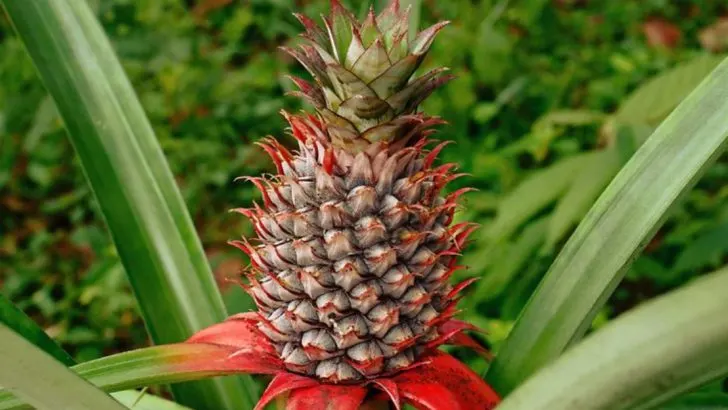Throughout history, royal families have used plants as symbols of wealth, power, and prestige, often exchanging rare and remarkable plants as gifts. These plants not only represented the luxury of their time but also the connection between powerful empires and dynasties. From exotic flowers to rare trees, many of these plants were carefully cultivated and cherished by the elite, making them highly valuable and sought after.
In this article, we’ll take a look at 12 remarkable plants that were once exchanged between royal families, each with its own fascinating story. These plants carry more than just beauty; they hold historical significance and offer a glimpse into the world of royal diplomacy and horticultural prestige. Get ready to explore these extraordinary plants that once bridged cultures and forged connections between some of the world’s most influential families.
Tulip ‘Semper Augustus’
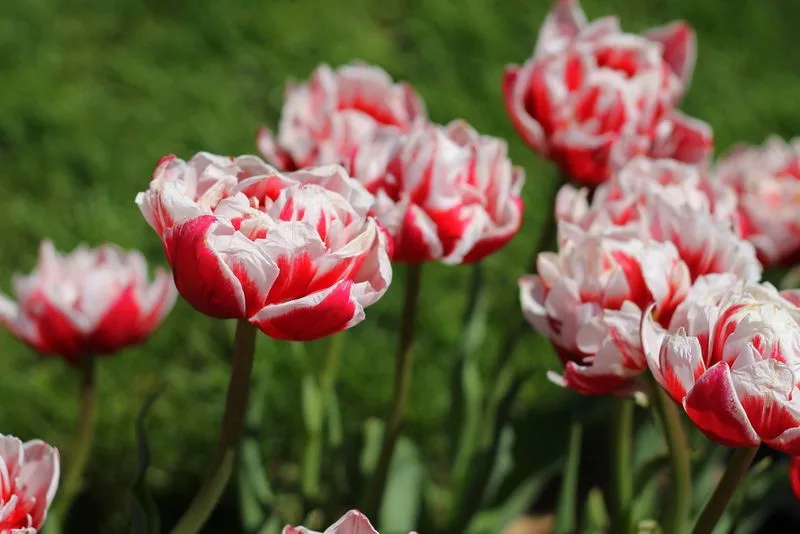
In the 17th century, the Semper Augustus was the epitome of luxury in Dutch tulip mania. Its exquisite red and white petals made it a prized possession among European nobility. During this period, the tulip became a symbol of wealth and status.
Tulips were often exchanged as gifts to forge alliances and signify mutual respect. The Semper Augustus was particularly sought after due to its scarcity and beauty. Its exchange between royal families underscored the importance of botanical diplomacy.
Owning this tulip was akin to possessing a masterpiece, reflecting both horticultural skill and prestige.
Tea Plant
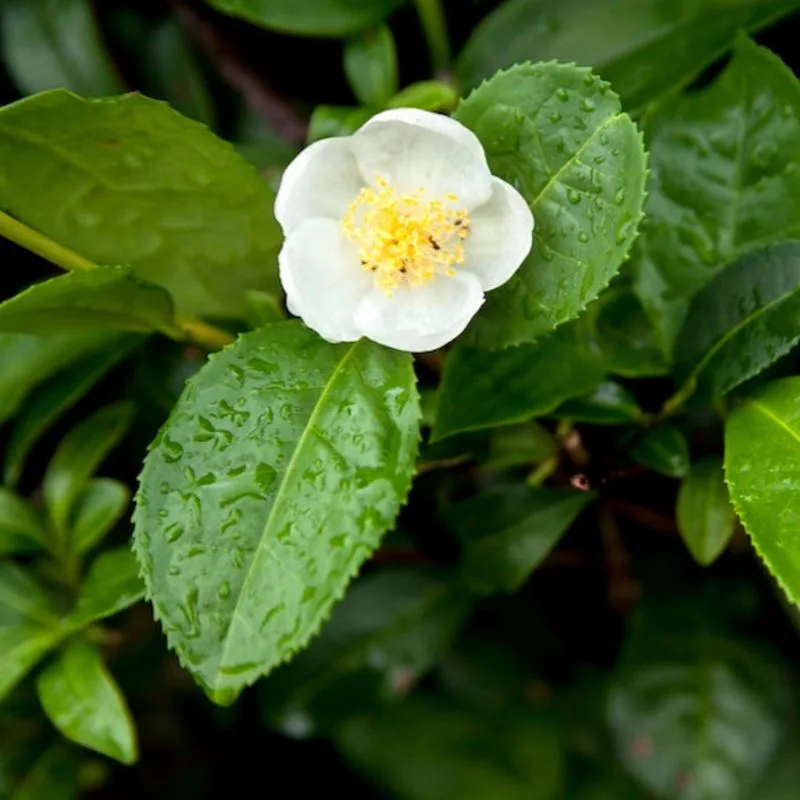
In the 18th century, the tea plant journeyed from China to Europe as a diplomatic gift. This transfer was instrumental in establishing the global tea culture we know today. Tea quickly became a staple in royal courts, symbolizing sophistication and elegance.
The plant’s introduction to Europe was more than a culinary revelation. It marked the beginning of a new era in trade and international relations. Royals cherished tea as a luxurious beverage, often enjoyed during elegant gatherings.
The exchange of tea plants showcased the growing interconnectedness of the world through botanical treasures.
Pineapple
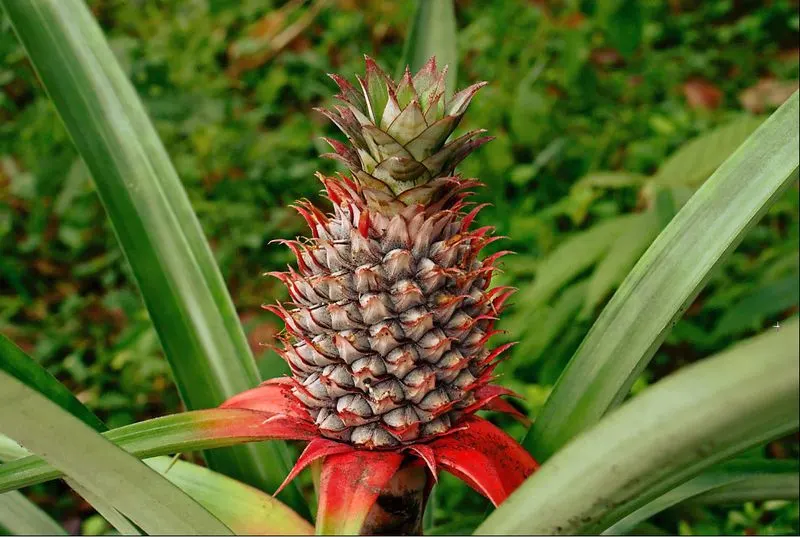
In the 18th century, the pineapple was a symbol of opulence and hospitality. Originating from South America, it was brought to Europe as a rare and exotic fruit. Royal families exchanged pineapples to demonstrate wealth and sophistication.
This tropical fruit was not just for eating; it adorned tables as a status symbol. Growing pineapples in hothouses became an art form, reflecting horticultural prowess.
By gifting pineapples, royals conveyed messages of friendship and luxury. The fruit’s presence at banquets was a testament to the host’s wealth and discerning taste.
Clove Tree
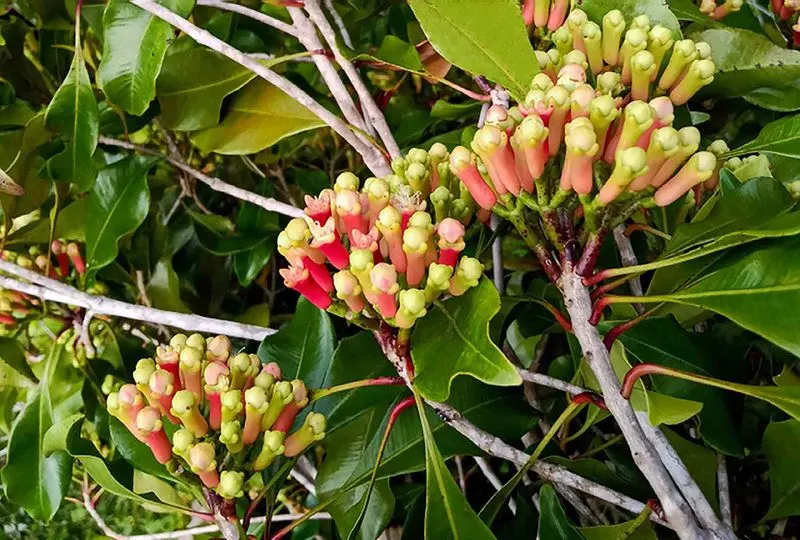
In the spice trade era, the clove tree held immense value. Native to the Spice Islands, cloves were exchanged between royals as precious gifts. European royalty coveted these aromatic spices for their culinary and medicinal uses.
The exchange of clove trees symbolized power and control over lucrative trade routes. These trees were not merely plants but keys to economic dominance.
Clove trees gave royal gardens an exotic touch, showcasing wealth and global influence. Their exchange underscored the strategic alliances formed through botanical trades in the age of exploration.
Vanilla Orchid
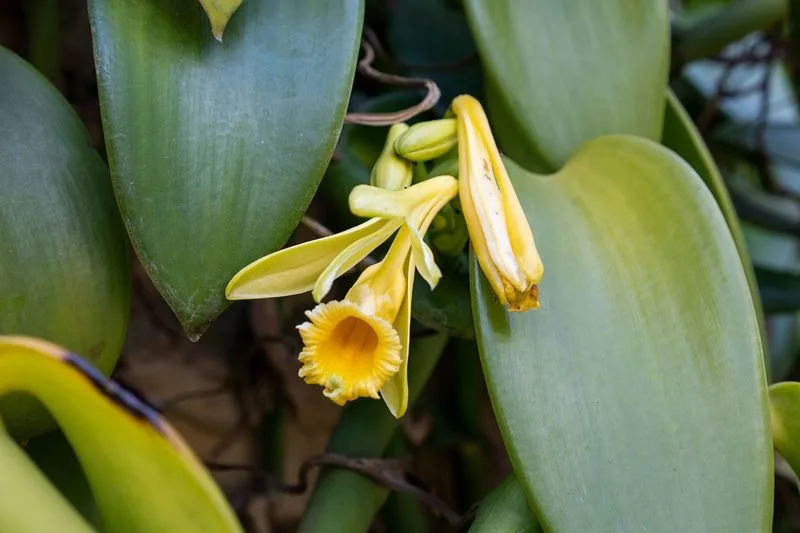
The vanilla orchid, native to Mexico, was a botanical marvel exchanged among royals. Its enchanting aroma and flavor made it highly prized. In the 19th century, vanilla became a symbol of exotic luxury in European courts.
Cultivating vanilla required skill and patience, adding to its allure. Royal families gifted vanilla orchids to celebrate alliances and friendships.
The orchid’s journey from the New World to Europe highlighted global exploration. Its presence in royal conservatories was a testament to the exchange of horticultural knowledge and cultural appreciation.
Cacao Tree

Cacao, the source of chocolate, enchanted royals worldwide. Originating in Central America, it was introduced to Europe in the 17th century as a valuable gift. Chocolate quickly became a royal indulgence, symbolizing luxury and sophistication.
The cacao tree’s exchange among royals marked the beginning of Europe’s chocolate obsession. It was more than a treat; it was a statement of wealth and cultural refinement.
Royal families cultivated cacao trees, showcasing their botanical prowess. The plant symbolized the bridging of cultural divides through the shared love of chocolate.
Rose ‘La France’
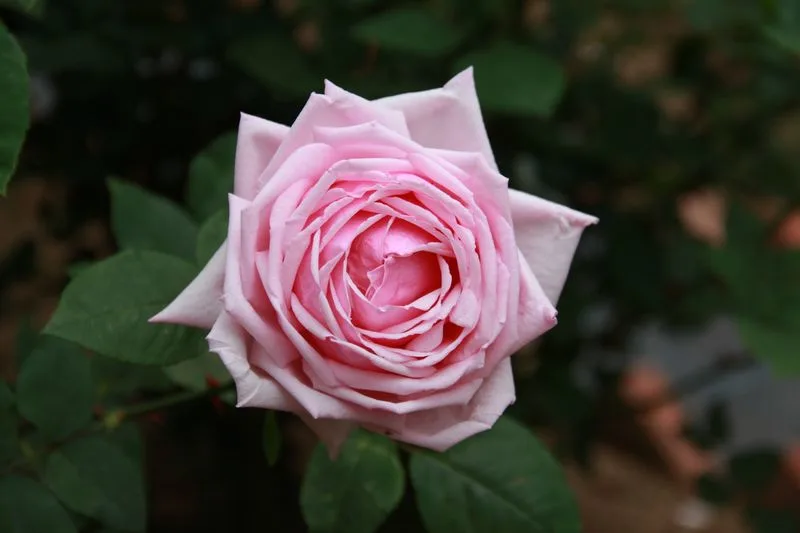
In 1867, ‘La France’ rose became a symbol of beauty and innovation. This hybrid tea rose was introduced in Europe and quickly exchanged among royal families. Its delicate fragrance and pink petals charmed everyone who encountered it.
The rose represented the pinnacle of horticultural achievement, bridging traditional and modern floral breeding techniques. Royals treasured these roses as garden centerpieces.
Exchanging ‘La France’ roses signified diplomatic goodwill and shared appreciation for beauty. It was a botanical embodiment of elegance and grace.
Every garden adorned with ‘La France’ roses reflected a blend of tradition and innovation.
Myrtle
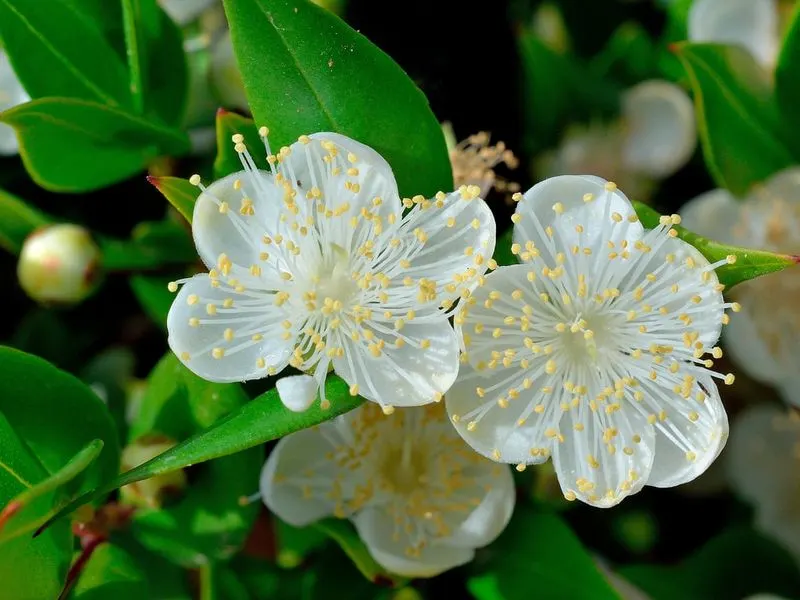
Myrtle, a symbol of love and marriage, was cherished by European royals. The evergreen shrub, native to the Mediterranean, was often exchanged during royal weddings as a sign of prosperity.
Its aromatic leaves and delicate white flowers made it a favorite in royal gardens. Myrtle represented enduring connections and the promise of a fruitful union.
Royal families cultivated myrtle as a testament to their heritage and alliances. The plant’s presence in royal ceremonies underscored its cultural significance and timeless appeal.
Orange Tree
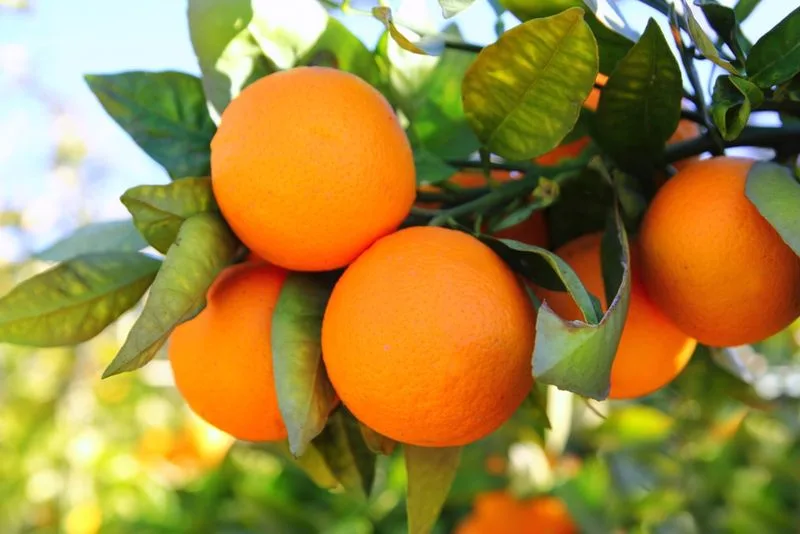
The orange tree, a symbol of prosperity, was exchanged among European royals in the 17th century. Its fragrant blossoms and sweet fruits made it highly coveted.
Growing orange trees in orangeries became a status symbol, reflecting wealth and horticultural expertise. Royals gifted these trees to signify peace and cooperation.
The plant’s presence in royal gardens was a testament to their refinement. Exchanging orange trees reinforced diplomatic relationships through the shared appreciation of nature’s bounty.
Lotus
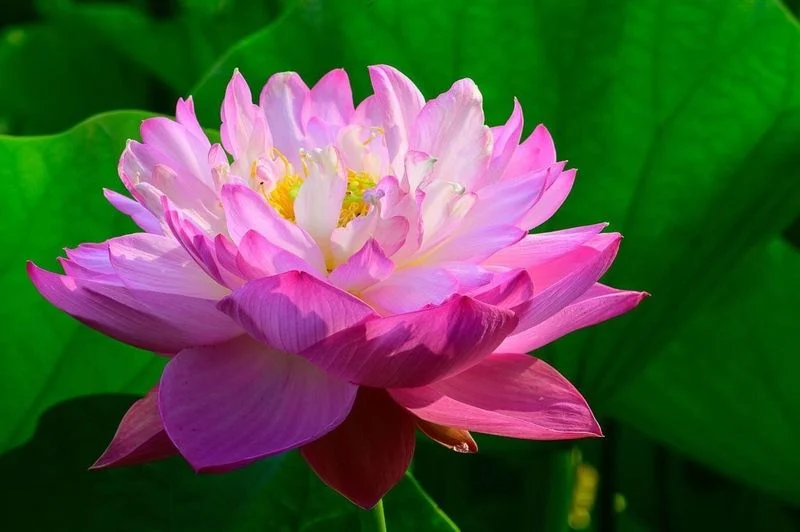
The lotus, revered in many cultures, found its way into royal exchanges. Symbolizing purity and enlightenment, this aquatic plant was treasured by Asian royals.
Lotus flowers adorned palaces, enhancing their beauty and tranquility. Royal families exchanged lotus plants as a gesture of peace and reverence.
The plant’s presence in gardens represented a deep connection to nature and spirituality. Its exchange highlighted cultural appreciation and the quest for harmony among royals.
Banana Plant
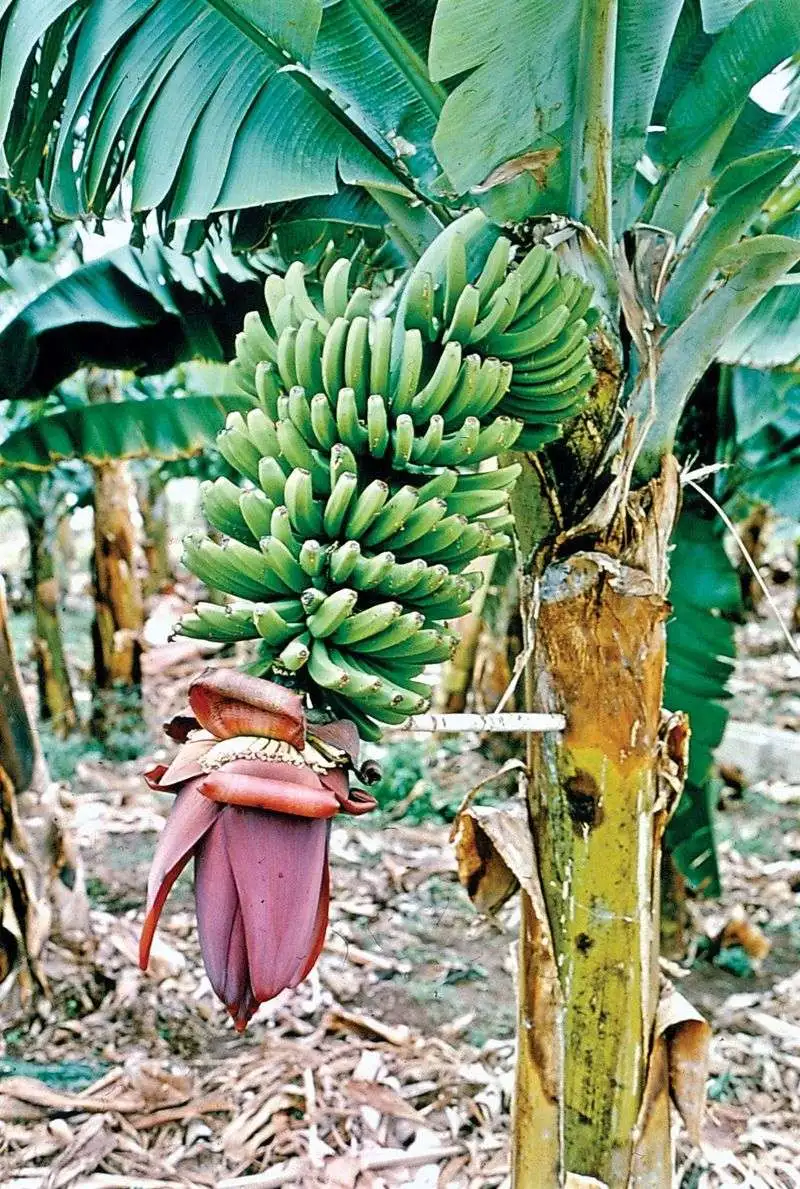
The banana plant, with its lush foliage and nutritious fruit, was a prized possession. Originating from Southeast Asia, it traveled to royal gardens worldwide.
Its ability to thrive in various climates made it a symbol of adaptability and prosperity. Royals exchanged banana plants as gifts of goodwill and abundance.
The plant’s presence in royal gardens highlighted exotic horticultural diversity. Its exchange marked the sharing of agricultural knowledge and the celebration of nature’s generosity.
Bamboo
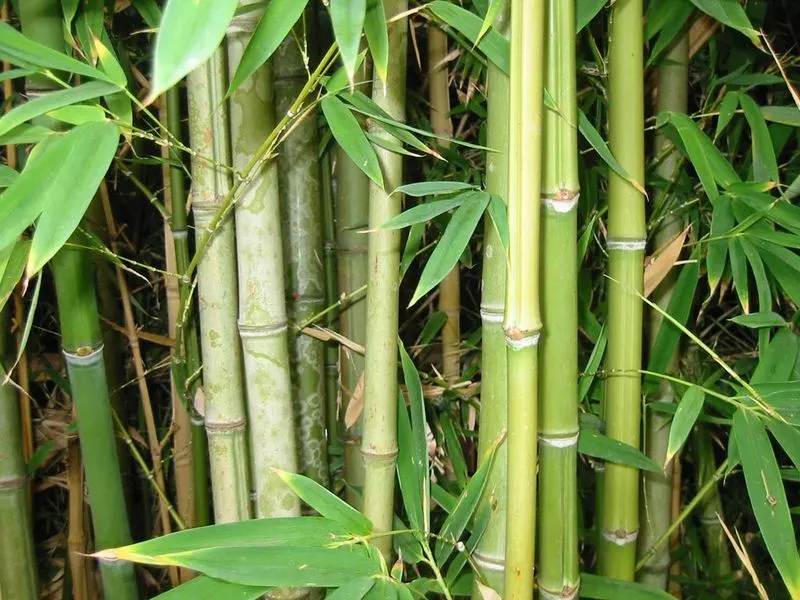
Bamboo, a symbol of strength and flexibility, was exchanged among Asian royals. Its fast growth and versatility made it a valuable gift.
The plant represented resilience and prosperity, often used in construction and art. Royals exchanged bamboo to demonstrate mutual respect and shared values.
Its presence in royal gardens and palaces showcased an appreciation for sustainable resources. Bamboo exchange reflected cultural ties and the enduring legacy of natural beauty.

